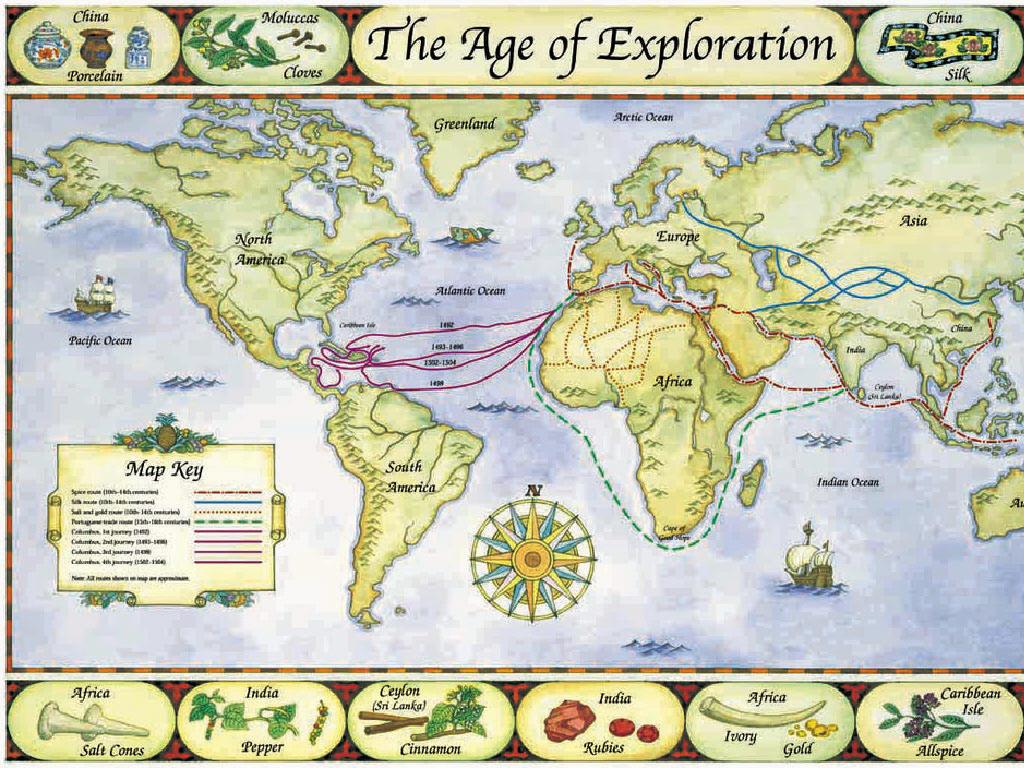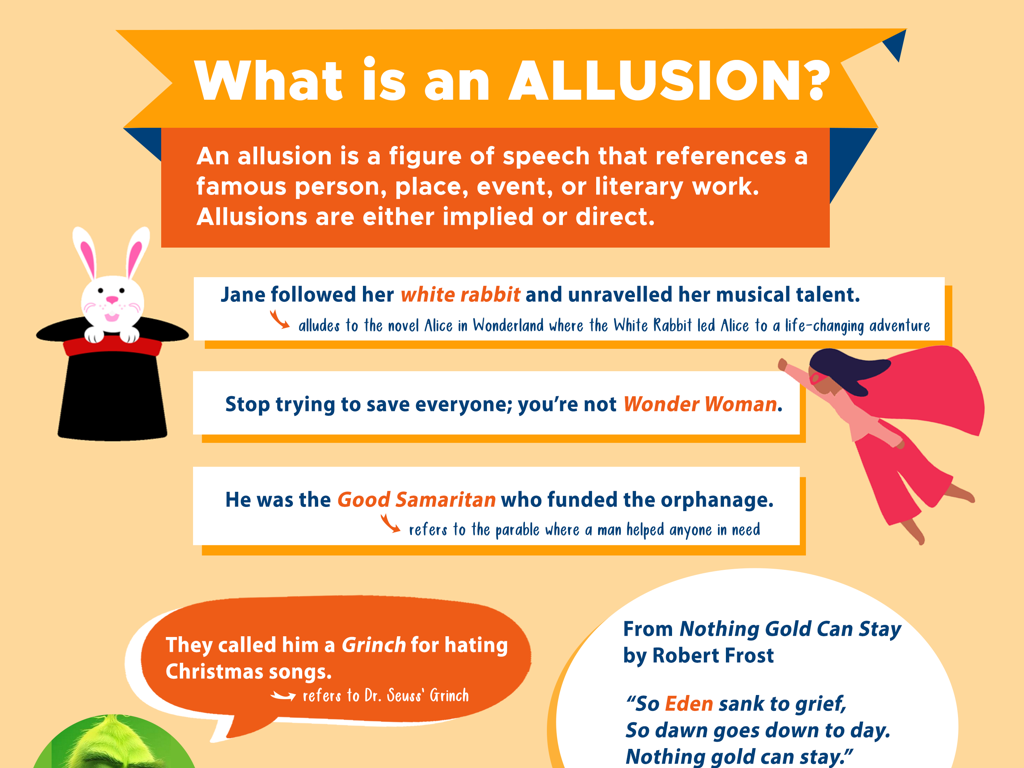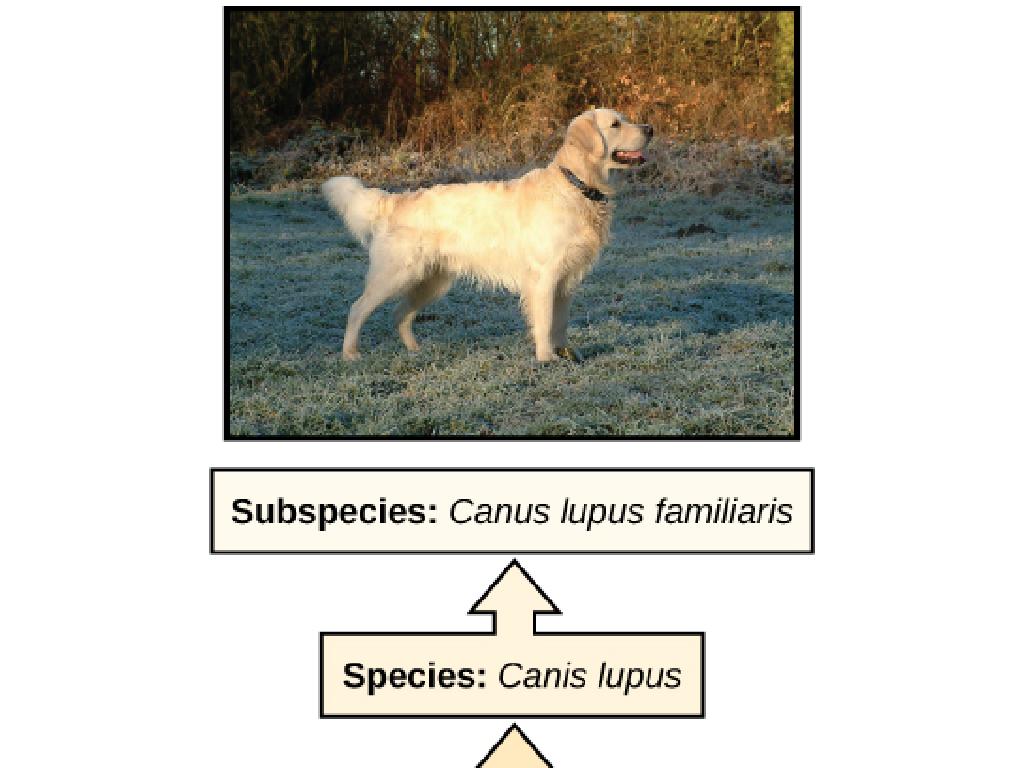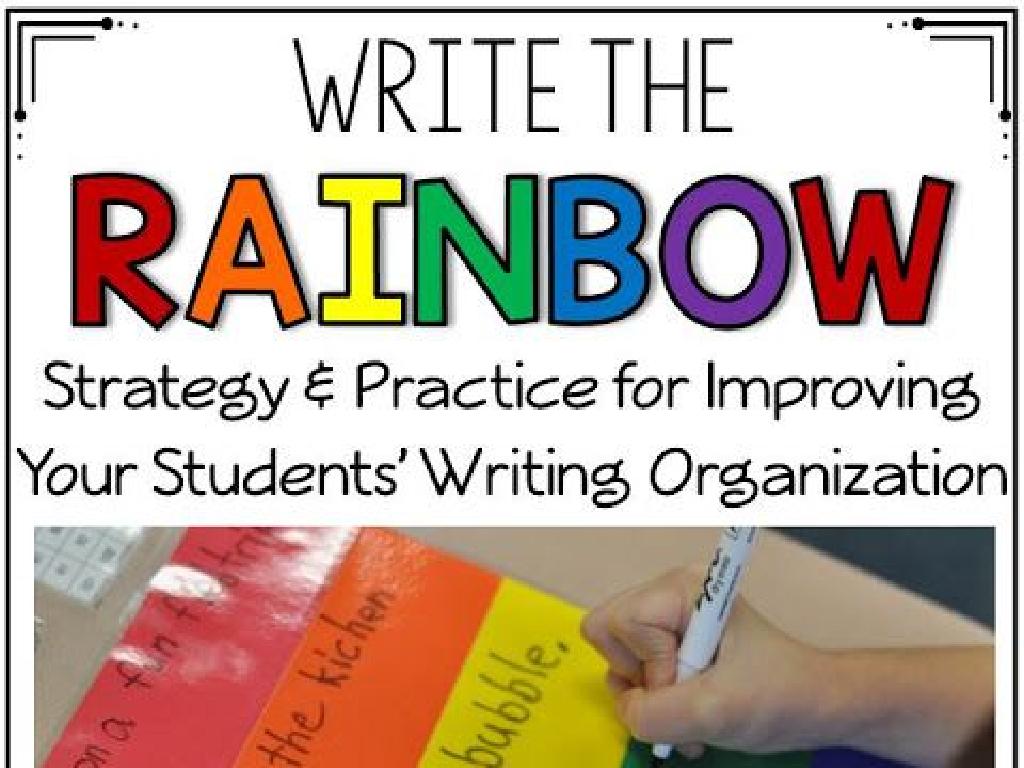Determine The Meaning Of Domain-Specific Words With Pictures
Subject: Language arts
Grade: Seventh grade
Topic: Domain-Specific Vocabulary
Please LOG IN to download the presentation. Access is available to registered users only.
View More Content
Exploring Domain-Specific Vocabulary
– Specialized words power
– Defining domain-specific vocab
– Terms specific to a particular field or subject
– Importance of learning
– Helps communicate precisely in different subjects
– Enhancing comprehension
– Better understanding of texts and concepts
|
This slide introduces the concept of domain-specific vocabulary, which refers to words that are specific to a particular field of study or interest. Understanding these words is crucial for students as it allows them to communicate more accurately and understand the subject matter deeply. Emphasize the importance of context in learning these words and how they can enhance comprehension of complex texts. Provide examples from various domains such as science, math, and literature to illustrate the point. Encourage students to think of domain-specific words they might already know and how these words help them understand and discuss topics within a particular field.
Identifying Domain-Specific Words
– Unique words in specific fields
– Words not commonly used outside their field, like ‘photosynthesis’ in biology
– Examples across subjects
– Science: ‘atom’, Math: ‘quotient’, Literature: ‘metaphor’, History: ‘treaty’
– Activity: Word identification
– Find and highlight words specific to subjects in provided texts
– Discuss domain relevance
– Understand how certain words are crucial for domain-specific communication
|
This slide introduces students to the concept of domain-specific vocabulary, which are words that are particularly used within a specific field of study or subject. Provide examples from various subjects to illustrate the point. For the activity, students will be given texts from different domains to identify and highlight words that are unique to each subject. This will help them understand the importance of context in vocabulary and how certain words can be pivotal in understanding content within a particular domain. The teacher should prepare texts from different subjects and guide the students on how to discern domain-specific words. Encourage students to discuss why certain words are used in specific domains and the impact of these words on their understanding of the subject matter.
Context Clues: Unraveling Word Meanings
– Use text around new words
– Sentence-based context examples
– ‘The arid desert was barren.’ Arid means dry.
– Practice with context clues
– Find meanings without a dictionary.
– Visual aids enhance understanding
– Pictures can depict word meanings, aiding memory.
|
This slide introduces students to the concept of using context clues to determine the meaning of domain-specific words. Emphasize the importance of looking at the words and sentences that surround unfamiliar terms to infer their meanings. Provide clear examples where context clues such as synonyms, antonyms, explanations, or examples in the sentence help define the word. Encourage students to practice this skill by finding meanings using context clues in various sentences. Highlight how visual aids, like pictures, can serve as context clues and make the learning process more engaging and memorable. In the next class, students can apply these strategies to domain-specific vocabulary in their reading material.
Using Pictures to Understand Words
– Visual learning enhances memory
– Pictures can help remember words better
– Match words with images
– Connect the meaning of words to visuals
– Activity: Word-Image Association
– Match domain-specific terms to their corresponding pictures
– Strengthen vocabulary skills
|
This slide introduces the concept of visual learning as a powerful tool to enhance vocabulary, especially with domain-specific words. Students will engage in an activity where they match words to the correct images, reinforcing their understanding of these terms. For the activity, provide a variety of pictures and a list of domain-specific words. Students will work to find the correct image that represents each word. This interactive approach helps solidify their grasp of new vocabulary by creating a visual association. Possible variations of the activity could include group work, timed challenges, or creating a poster presentation with their matched pairs. The goal is to make learning new domain-specific words engaging and memorable.
Word Roots and Affixes
– Building blocks of words
– Roots are the base part of words.
– Prefixes and suffixes impact
– Prefixes/suffixes modify the root’s meaning.
– Activity: Dissect words
– Identify roots, prefixes, and suffixes in new terms.
– Understand domain-specific terms
– Use knowledge to decode unfamiliar vocabulary.
|
This slide introduces students to the concept of word roots and affixes, which are essential for understanding domain-specific vocabulary. Begin by explaining that roots are the fundamental part of the word from which other words grow, often with the addition of prefixes (beginning of the word) and suffixes (end of the word). These can dramatically change the meaning of the word. During the activity, students will practice breaking down words into their constituent parts to better understand their meanings. This skill will help them to decode unfamiliar domain-specific terms they may encounter in various subjects. Provide examples like ‘biology’ (bio- meaning life, -logy meaning study of) to illustrate the concept. Encourage students to look for roots and affixes in words related to their interests or subjects they are studying.
Practice with Domain-Specific Vocabulary
– Group activity: glossary creation
– Pick a domain and list terms
– Domains can be technology, medicine, sports, etc.
– Define each key term
– Use dictionaries or online resources for accurate definitions
– Share and discuss class-wide
– Explain the importance of each term in its domain
|
This slide introduces a group activity aimed at enhancing students’ understanding of domain-specific vocabulary. Students will work in groups to select a particular domain of interest, such as technology, medicine, or sports, and compile a list of key terms relevant to that domain. They will then research and write down the definitions of these terms to create a glossary. Encourage students to use reliable dictionaries or online resources to ensure the accuracy of their definitions. After completing their glossaries, each group will present their terms and definitions to the class, fostering a discussion about the importance and application of these words in their respective domains. This activity not only helps students grasp the concept of domain-specific vocabulary but also promotes collaborative learning and public speaking skills.
Class Activity: Vocabulary Skit
– Form groups for skit creation
– Use domain-specific words in skits
– Incorporate words related to a specific subject or field
– Show word meanings through action
– Use gestures, props, or situations to convey the words’ meanings
– Present and discuss skits in class
|
This activity is designed to help students understand and remember domain-specific vocabulary through performance and peer learning. Divide the class into small groups and assign each group a set of domain-specific words. Students will create short skits that incorporate these words, using context and creativity to demonstrate their meanings. Encourage students to use props, costumes, or drawings to enhance their presentation. After each group presents their skit, facilitate a class discussion to review the words and ensure comprehension. This interactive approach not only aids in vocabulary retention but also fosters teamwork and public speaking skills.
Wrapping Up: Domain-Specific Vocabulary
– Recap today’s vocabulary lesson
– Understand domain-specific words
– These words are key in specific fields like science or literature
– Homework: Craft sentences
– Use the new words in your own sentences
– Share your sentences next class
– Be ready to present and explain your sentences
|
As we conclude today’s lesson, remind students of the importance of domain-specific vocabulary in understanding complex subjects. Emphasize that these words are crucial for clear communication within particular fields. For homework, students should write sentences using the new domain-specific words they’ve learned, which will help reinforce their understanding. Encourage creativity and personal connection to the words. In the next class, students will have the opportunity to share their sentences, fostering a collaborative learning environment where they can learn from each other’s usage of domain-specific vocabulary.






